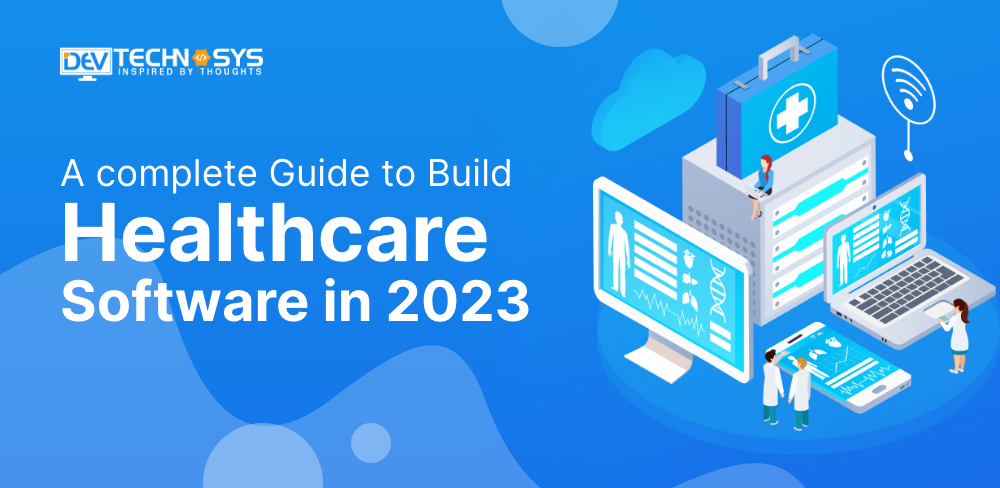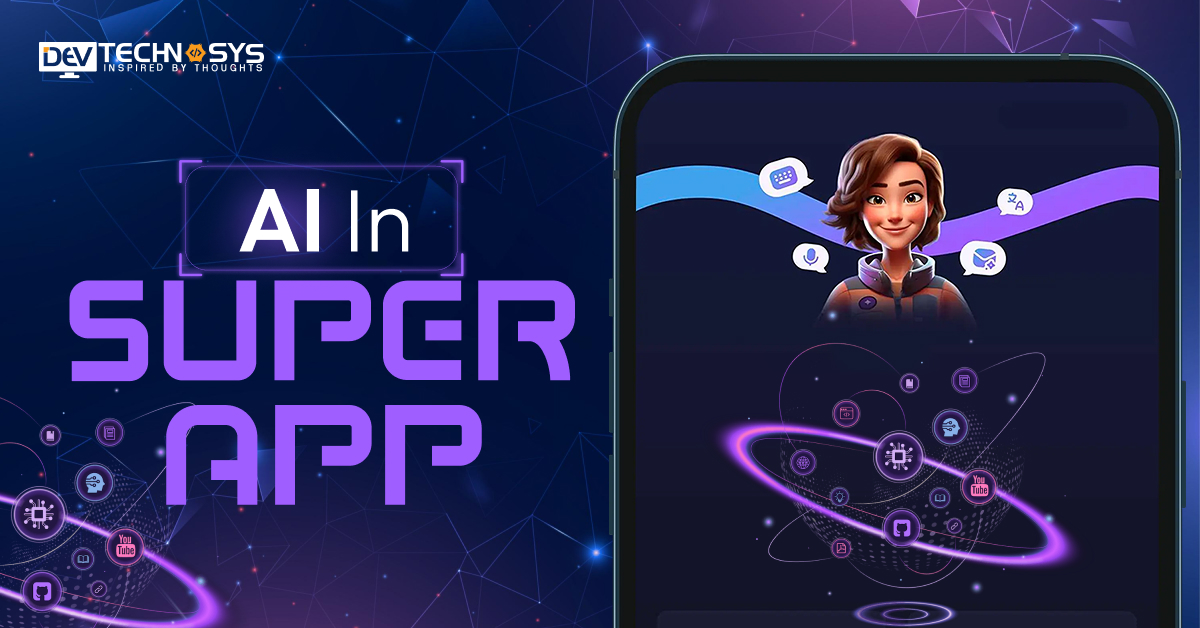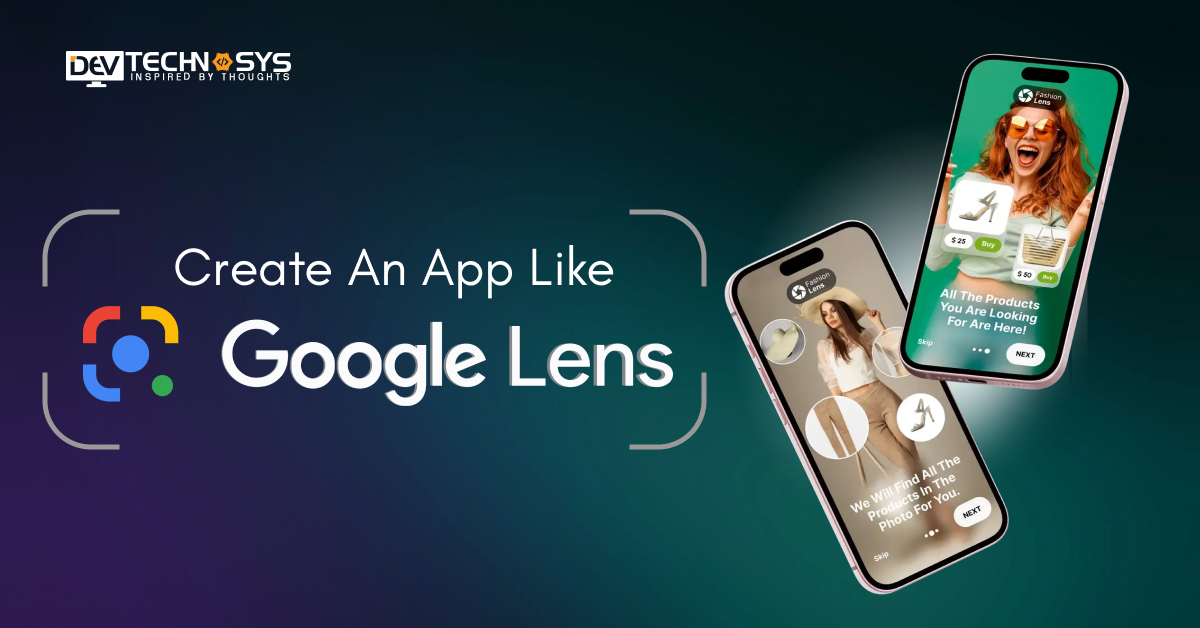Healthcare software has boomed in the last few years and continues to grow at an incredible rate, as new technologies develop. This industry is very diverse. There are specialists who focus on electronic health records, treatment systems, billing, and patient monitoring.
However, the demand for healthcare software will grow by 2023. But it won’t be easy to enter the industry or to build healthcare software. Competition will be fierce and newcomers must work hard to keep up with their competitors.
Technology-driven innovations will be able to improve patient care and make healthcare more convenient. They can also generate revenues ranging from $350 billion up to 410 billion. The telemedicine industry is expected to reach $130.5 billion in 2025, and possibly even more.
This post is for anyone who wants to be up-to-date on the latest trends and developments in the industry of healthcare software product development or would like to get into the field.
This guide examines the current state to build healthcare software and gives a glimpse into what to expect in 2023.
What is Healthcare Software Development?
Healthcare software development is the process of developing software tools, platforms, and applications that improve healthcare outcomes.
Healthcare software can help improve collaboration between healthcare providers and boost operational efficiency. It can also help improve patient outcomes. Healthcare software is used in hospitals, clinics, and other healthcare facilities.
Medical Software Development includes electronic health record systems (EHR), telemedicine platforms, and software for medical imaging, patient monitoring, practice management, and medical practice.
The development of healthcare software is dependent on the demands and needs of healthcare organizations. The organization can choose from ready-to-use software or custom software development when creating healthcare software.
Market Insights of Healthcare Industry
- In 2022, the global digital health market will be worth over 330 billion U.S. Dollars. Recent forecasts predict that this number will exceed 650 billion U.S. dollars by 2025.
- In 2001, office-based U.S. physicians used such systems at a rate of 18 percent. By 2021, that figure had risen to 88 percent. The market value for EHRs is expected to increase from 29 billion U.S. dollars in 2020 to 47.2 billion U.S. dollars by 2027.
- The global telemedicine market size is expected to grow from 50 billion U.S. Dollars in 2019 to nearly 280 Billion U.S. Dollars by 2025.
- The global digital health market is estimated to be worth 175 billion U.S. Dollars in 2019. The digital health market is expected to reach nearly 660 Billion dollars in 2025 with a CAGR of 25 percent.
- By 2024, it is expected that the global EHR market will reach approximately 40 billion U.S. Dollars.
- Experts predict that the Internet of Medical Things market will grow to $158.1 Billion by 2023, with a CAGR of 30.8%.
- According to BIS’s new market intelligence reports, the global chatbot market in healthcare is projected to grow to over $498.1 million by 2029.
Why is Healthcare Software Development Essential to Business?
It can be a lengthy and expensive process to build healthcare software. However, it has a great deal of value for its investors and stakeholder in:
- Decision-making is faster – Professionals are able to make decisions and prescribe medications more quickly when they have the medical records of their patients integrated through apps.
- Accurate diagnosis – Achieving a better diagnosis will lead to more effective treatment plans, faster healthcare delivery, and a positive outcome. VisualDx, for example, is one of the top healthcare apps and diagnostic support systems.
- Improved communication -Telehealth application platforms improve communication. Doctors can connect remotely to have important discussions and consultations.
- Less stress and burnout–Application and Healthcare Software Development reduces stress by freeing professionals from tedious tasks. This is achieved through increasing the reliability of systems and processes in medical care. The removal of paper from medical centers and hospitals has led to a 61% increase in productivity for doctors and staff.
- Better equipment and service management – Modern technology allows healthcare organizations to track their equipment in real-time, and optimize it accordingly. For example, creating a healthcare app to track all ventilators on-premises.
- The overall cost of healthcare is reduced – all the benefits listed above add up to a reduction in the cost of healthcare.
Types of Healthcare Software
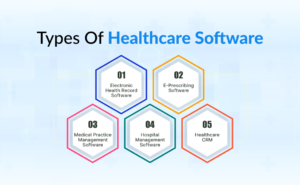
Hospital software development is in high demand as the healthcare industry relies more and more on technology and data. We’ll examine the various types of healthcare mobile app development that are being developed to meet the needs of a constantly changing industry in the next section.
1. Electronic Health Record Software
Software solutions that are more efficient and better suited to the needs of healthcare providers will be demanded by those who provide patient care. Electronic Health Records (EHRs), and other types of software, can play a key role in this process. Electronic health record software (EHR) is a program that tracks a patient’s treatment and medical history. The software can be used to manage billing and other aspects of healthcare, such as staffing.
2. E-Prescribing Software
E-Prescribing Software is in high demand as the industry of electronic medical records continues to grow. These systems are also capable of transmitting medical records, laboratory test results, as well as other information. E-prescribing programs may also include digital signatures for all documents. Electronic prescribing software is a great tool, but there are also challenges.
This method is more efficient and less paperwork for pharmacies than the previous methods. It also allows pharmacists access to the medication history of a patient without having to contact a physician or wait for an office appointment.
3. Medical Practice Management Software
All of us recognize the need for cost-effective healthcare. This is particularly true as the population grows and people live longer. It’s important to make sure our resources are used as efficiently as possible. Medical practice management software is needed to help doctors, nurses, and other healthcare providers manage their workflow.
4. Hospital Management Software
A hospital management system automates the administrative and clinical processes of a hospital or other healthcare facility. Software for hospital management streamlines workflows and improves productivity. It also reduces errors, enhances data quality, as well as increasing patient safety. It allows hospitals to focus on patient care and facility management, rather than spending time manually updating records and handling paperwork.
The software can be configured to work as a standalone system or as an integrated system that integrates with other hospital functions and systems, such as billing, registration, lab management, and reporting.
5. Healthcare CRM
A software package that streamlines your company’s workflow is a great way to increase productivity and give your clients a better service. A CRM system is an example of such software. It’s designed to track customer interactions and information. This allows healthcare providers to better understand their clients, what they want, and how to help them.
Trends and Technologies in Healthcare Software Development
Healthcare software development is not an exception. It is important to keep up with the latest technologies and trends. You will be able to keep up with the competition and offer more relevant solutions in today’s volatile and innovative market. The latest technologies to develop medical software are also included.
1. Blockchain
This technology makes use of distributed databases to store digital data in a safer way. Blockchain in healthcare allows medical organizations to share patient data securely and integrate multiple EHR systems. You can also create decentralized patient portals so they can manage and control their data.
2. AR and VR
In many ways, medical institutions and patients alike can benefit from Augmented Reality and Virtual Reality technologies. With body maps, augmented reality can improve diagnostics in healthcare and make medical procedures more efficient. VR can also be used to treat mental illnesses since virtual environments are effective in overcoming phobias. This technology can also be used to manage pain (by distracting patients with virtual games, for example). Virtual reality can also make hospital visits more comfortable.
3. Telemedicine
During the COVID-19 Pandemic, this technology was extremely useful. Technology has many advantages. It can save medical organizations money and make medicine more affordable. Telemedicine, in particular, allows people to access healthcare professionals anywhere in the world. It’s important to consider telemedicine trends when designing health software.
4. NLP
These technologies allow for the analysis of natural language content in audio, text, and images. NLP is used in healthcare to process and organize complex, unsorted data (such as notes from physicians). These data may provide valuable insight into the observations of patients and improve treatment processes.
Features to Include in Healthcare Software
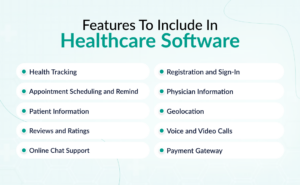
Your healthcare application software won’t be successful unless it offers users tangible benefits and has appealing features. Here are some key features that can make your app stand out and add value.
1. Health Tracking
Your healthcare app should have the ability to track and monitor vital signs such as heart rate, blood pressure, blood sugar levels, pulse, etc.
2. Registration and Sign-In
Your users should be able to sign up or register in your app using different methods. You can use email, phone numbers, social media handles, and more.
3. Appointment Scheduling and Reminder
This feature is useful for both parties. Patients and users are able to book an appointment and receive regular reminders regarding upcoming sessions and other important information such as medicine intake, sleep, and diet. Medical professional is able to schedule and manage their appointments.
4. Physician Information
A decent healthcare app should allow users to search for information about doctors and hospitals, including their availability, specialties, locations, experience, and more.
5. Patient Information
If you select mobile app development services in Dubai to develop a custom healthcare app, make sure that the developers integrate a database of patient information into your app. It should store medical histories, prescriptions, reports on health, and other information that caregivers and patients alike can access at any time.
6. Geolocation
Integrating map services with your app (Google Maps, or any other service) can provide patients with immediate information and medical help. In an emergency, patients can locate nearby healthcare facilities or vice versa.
7. Reviews and Ratings:
Allow your app users to provide feedback about their treatment experiences so that other patients may see it and decide if they want to contact the physician or not. This feature can also be used to establish trust and loyalty with your healthcare provider.
8. Voice and Video Calls
Here are the advantages of telehealth. These technologies allow patients to interact with healthcare professionals without being physically present.
9. Online Chat Support
If physicians aren’t available, users can leave a message in the app or ask a quick question. The users can get immediate assistance via real-time chat, and they can share important documents or media files with doctors.
10. Payment Gateway
You can integrate different digital payment options like Stripe, PayPal, and Stripe. Secure payment gateways play a vital role in the development of custom healthcare software. They allow users to pay their insurance, treatment, and other bills easily.
The list is endless. Check out the additional features that you can add to build healthcare software based on your needs:
- User Dashboard
- Analytics
- Photo Gallery
- Access to Information
- Push Notifications
- Wearable Integration
- Access to EHRs/EMRs
- Report Management
- Accessibility across Devices
How to Build Healthcare Software?
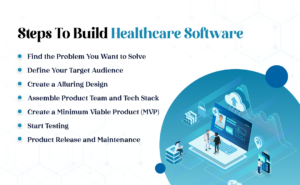
It is possible that the sequence of steps in on-demand app development for healthcare may vary from one company to another. You can also modify the process to suit the needs of your product. Here are the 5 crucial stages that you must follow to build healthcare software:
1. Find the Problem You Want to Solve
In 2023, healthcare software will not be enough. As the expectations of users, medical professionals, and patients continue to rise, so does market saturation.
The key to a successful mobile app in the healthcare industry is focusing your attention on the correct problem and finding the appropriate solution. Do thorough market research, and watch your competitors closely to determine the gaps in the market and how you can fill them.
We recommend that you check it again, even if you’ve already defined the problem. You can share your idea for healthcare custom software with a small group. Also, you can then ensure that you are looking at the problem in the correct way or discover a better way to look at it.
You can also talk to doctors, nurses, and other medical personnel to get practical insight into how you can provide them with a product that is both useful and authentic.
2. Define Your Target Audience
All apps should have a strong user base. This is especially true for healthcare apps that aim to provide all-inclusive solutions. You can build an app that is efficient and will be loved by your users if you know what they want and need.
Easy accessibility, for example, is a feature that must be included in healthcare software. Consider using larger buttons, clearer fonts, and a simple UI/UX if you’re targeting older people.
Understanding your target market will make the entire development process easier. Consult an experienced React Native app development company once you’ve determined your top priorities to determine the right UX, platform, and tech stack.
3. Create an Alluring Design
It is perfectly fine for the first version of an application to have some limited functionality. Your app can be much more valuable to users if it is smaller but more focused on solving a specific problem.
It is best to build a scalable application from the beginning. As you gain experience, your customer personas will improve, and you’ll see an increase in the size of your audience. You will then need to add more features and updates.
You can save money and time by paying attention to the design and coding rules.
4. Assemble the Product Team and Tech Stack
It is now time to gather the team of product developers to complete the custom software development process. To provide real value to end users, you should ensure that your team is not working in silos. This means your product team needs to include different professionals, such as senior and junior developers, UX/UI designers, etc. After you’ve hired a hybrid app development company, select the appropriate tech stack for your particular project. You can choose between native or cross-platform apps to target iOS or Android users, or both.
5. Create a Minimum Viable Product (MVP)
We still recommend creating an MVP, even though you can skip the phase and create a fully-featured app all at once. An MVP is a limited version of a new product that allows early users to test it and provide feedback.
Why is it necessary, you may ask?
Healthcare software is expensive. In the beginning, developing an MVP will allow you to validate the interest of your users in the product. Ask for constructive feedback to improve your product. If something isn’t working right, you can always fix it before creating the final product.
6. Start Testing
Tests are a valuable tool. Do not undervalue them. Software testing allows you to quickly evaluate the user experience, identify any development issues, gather feedback, and make the necessary changes.
You can also test your app to see if it is compatible with your target audience. Choose between functional and unit testing. Reconsider the expectations of your users. We have seen, through our years of experience with healthcare software development, that users disliked certain functionalities which were initially so exciting for clients.
Software testing allows you to identify and fix bugs in your app, and ensure that it improves with each update.
7. Product Release and Maintenance
Your app is now ready for release. The app that has been fully deployed will require ongoing support and maintenance. Mobile app maintenance is important to keep your app safe from cyber threats and up-to-date in the market.
Your healthcare company could face financial penalties and other negative consequences if you don’t take app maintenance seriously.
Things to Consider While Building Healthcare Software
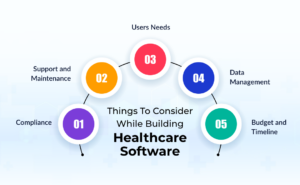
Healthcare software development takes into consideration several factors to ensure that it meets the needs of healthcare organizations. The following are some of the factors to consider when developing healthcare software.
1. Compliance
Software for healthcare must comply with legal mandates such as HITECH and HIPAA. Software must be equipped with robust security measures in order to protect patient data from data breaches and safeguard it.
2. Support and Maintenance
Healthcare software development services must provide continuous support and maintenance in order to ensure that their programs continue to work correctly and are upgraded as necessary.
3. User Needs
In designing software, it is important to consider the needs of healthcare professionals, office workers, and patients. To reduce the learning curve, it should be simple and intuitive.
4. Data Management
Software for healthcare must be designed to manage large amounts of data in a secure and effective manner. The system should be able to record, store, and manage patient data including medical histories and diagnoses, treatment plans, and test results.
5. Budget and Timeline
It is important to set realistic budgets and timelines for your project, as developing custom healthcare software can be time-consuming and difficult.
Be sure that the custom healthcare software development company develops healthcare software with secure, efficient, and scalable solutions. The plan should be complete and take into consideration the above-mentioned factors to ensure the software will meet the needs of the healthcare firm and ignite digitalization.
Cost to Build Healthcare Software
The cost to build healthcare software is determined by a number of factors, making it difficult to provide a definitive answer. Costs of software development in the health industry can vary from $25000 to $50000, depending on factors such as how much staff is required to finish the project and how long it takes to develop.
We’ll focus on these elements to help you better understand the price-setting process.
1. Collaboration Type
It’s important to first decide what type of team you would like to work with. You can hire dedicated developers to work directly for your company if you have the resources and finances. Finding a team of software engineers that can deliver the same quality software at a lower price is a great option.
2. Team Composition
The size of the team and their expertise can also affect development costs. The cost to build healthcare software can also be affected by factors such as the size of the team, the experience and expertise of the developers, and even the technology stack they use.
3. Project Complexity
The cost will be determined by the type of software or website that you wish to build. The final budget will be affected by factors like the complexity of your design and the number of features.
4. Development Timeline
The complexity of the software is directly related. The longer and costlier your project will be, the more complex your software.
Conclusion
The desire to build healthcare software more effectively and efficiently will continue in 2023 to drive the development and advancement of software for healthcare. To keep up with the ever-changing healthcare industry, and technological advancements, healthcare professionals must keep their software and tools updated. Therefore, you must hire healthcare software developers to help improve patient care and ensure sustainable healthcare development.



